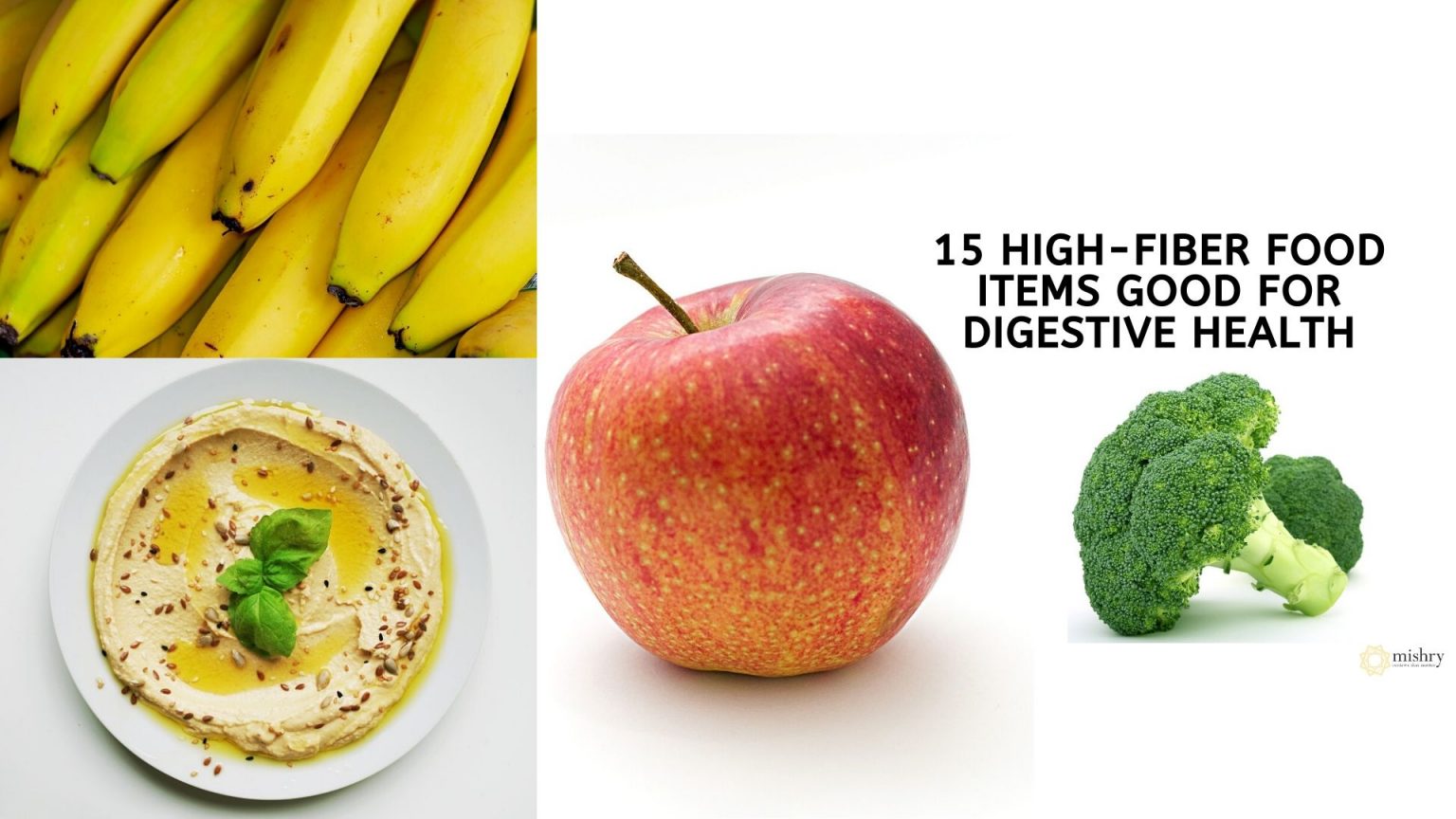High-Fiber Foods for Healthy Digestion

What is Fiber?
Fiber is a type of carbohydrate that our body can't digest or absorb. Instead, it passes through our digestive system intact, promoting regular bowel movements and preventing constipation. There are two types of fiber: soluble and insoluble.
Soluble Fiber
Soluble fiber dissolves in water and forms a gel-like substance in our gut, slowing down digestion and absorption. It can also help lower cholesterol and blood sugar levels, making it beneficial for people with diabetes and heart disease. Foods high in soluble fiber include:
- Oatmeal
- Beans and legumes
- Nuts and seeds
- Apples, oranges, and berries
Insoluble Fiber
Insoluble fiber doesn't dissolve in water and adds bulk to our stool, promoting regular bowel movements and preventing constipation. It can also help prevent diverticulitis and colon cancer. Foods high in insoluble fiber include:
- Whole wheat bread and pasta
- Brown rice
- Vegetables like broccoli, carrots, and cauliflower
- Fruits with edible seeds like kiwi and strawberries
Benefits of High-Fiber Foods
Adding high-fiber foods to your diet can provide numerous health benefits, including:
- Improved digestion and bowel movements
- Lowered cholesterol and blood sugar levels
- Reduced risk of heart disease, stroke, and diabetes
- Weight loss and management
- Reduced risk of colon cancer
How to Increase Your Fiber Intake
If you're not used to eating a lot of fiber, it's important to increase your intake gradually to prevent bloating and gas. Aim for at least 25-30 grams of fiber per day, and drink plenty of water to help the fiber move through your digestive system. Here are some tips to help you increase your fiber intake:
- Start your day with a high-fiber breakfast like oatmeal or whole grain cereal.
- Add beans or lentils to your soups, stews, and salads.
- Snack on fruits and vegetables with the skin on.
- Choose whole grain bread, pasta, and rice instead of refined grains.
- Swap out processed snacks for nuts and seeds.
Pros and Cons of High-Fiber Foods
Pros
- Improved digestive health
- Reduced risk of chronic diseases
- Weight loss and management
- Lowered cholesterol and blood sugar levels
Cons
- Increased gas and bloating in some people
- Can interfere with the absorption of certain nutrients
- May cause diarrhea if consumed in excess
FAQs
Q: How much fiber should I eat per day?
A: The recommended daily intake of fiber is 25-30 grams for adults.
Q: Can I get enough fiber from supplements?
A: While fiber supplements can be helpful, it's best to get your fiber from whole foods to ensure you're getting a variety of nutrients.
Q: Can fiber help me lose weight?
A: Yes, high-fiber foods can help you feel full and satisfied, leading to reduced calorie intake and weight loss.
Q: Will eating too much fiber cause constipation?
A: No, eating too much fiber can actually cause diarrhea. It's important to increase your fiber intake gradually to avoid digestive discomfort.
Conclusion
Adding high-fiber foods to your diet is a simple and effective way to improve your digestive health and prevent chronic diseases. By incorporating more fruits, vegetables, whole grains, and legumes into your meals, you can reap the numerous health benefits of fiber and feel your best.
